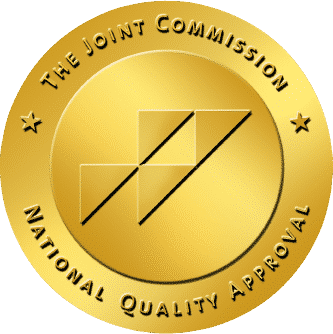Welcome to AACS Counseling, your reliable source for staying updated on the dynamics of substance use and workplace safety. In this edition, we delve into the rapidly evolving landscape of cannabis culture. With cannabis legalization making headway in more states, our country is witnessing a profound transformation in cannabis products, their marketing strategies, and, crucially, their impact on the mental and physical well-being of our citizens.

The Evolution of Cannabis Products: A Transformative Phenomenon
Over the last three to five years, the cannabis industry has experienced an unprecedented surge. Cannabis has woven itself into every aspect of American life, from daily routines to personal care. Today, cannabis-infused products span a wide spectrum, from toothpaste to clothing, and even CBD-infused socks! This rapid diversification has also led to a significant escalation in product potency, as well as increased social acceptability.
Revealing the Health Impacts: From 0.3% to 99.9% THC
A look at the historical evolution of cannabis cultivation reveals a striking transformation. In ancient times, cannabis boasted a balanced 1:1 ratio of THC and CBD. Compare this to the late 1960s Woodstock era, when cannabis contained approximately 4% THC and had relatively mild effects. Today, we encounter plant-based products with THC levels of up to 45% and concentrates reaching a staggering 99.9% THC. The implications of such heightened potency are substantial and can result in mental health issues, physical ailments, and withdrawal symptoms, including agitation, anxiety, and depression.
Reshaping Policies and Perceptions
As cannabis legalization expands and high-potency products become increasingly prevalent, public health policies, public perceptions, and consumption patterns are undergoing significant transformations. The cannabis industry propels its growth with marketing campaigns that downplay risks, positioning cannabis as a safe and natural substance. However, scientific evidence, combined with the rising incidence of DOT-related traffic incidents, suggests a different story. In 2023, we observed a concerning 9.2% increase in truck drivers testing positive for marijuana use.
Charting the Way Forward: Aligning Perception with Reality
So, how can we bridge the gap between marketing messages and the actual health consequences of cannabis? By empowering consumers to make informed decisions through open dialogues and education. At our nationally certified SAP Education Institute: an online, accessible, and highly effective platform we have classes starting at just $39.95 that equip professionals with a deep understanding of drug and alcohol regulations. Whether you’re a driver or a flight attendant, our platform caters to a diverse range of roles. With interventions like cognitive restructuring, emotional exploration, mindfulness, and solution-focused thinking, you can be confident that you or your clients receive the most comprehensive SAP Education available. Given the absence of federal regulation, it’s imperative to advocate for consumer protection laws and prioritize education within each state’s governance policies.
As we navigate this ever-evolving terrain together, AACS Counseling remains dedicated to providing resources and support. Please reach out to us for guidance and insights on maintaining a secure and compliant workplace in this changing landscape.
Thank you for entrusting us as your source of invaluable information on workplace safety and substance use. Together, we can work towards a healthier and safer future for all.












